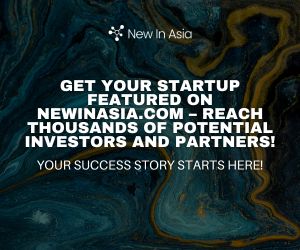Navigating Asia’s competitive business environment can feel overwhelming, especially for purpose-driven companies striving to make a meaningful difference. The region is a hub of innovation and creativity, yet many businesses grapple with the challenge of balancing profitability with impactful, sustainable practices. How can they communicate meaningful change in a way that resonates with their audience…
RELATED ARTICLES
© NewInAsia.com 2025








